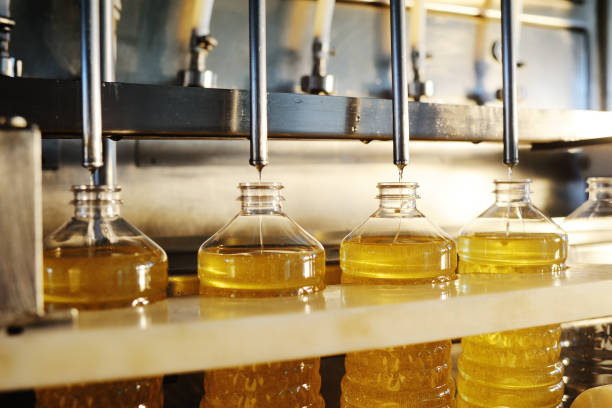
By Donald Nyandoro The University of Zimbabwe (UZ) is eyeing cooking oil production and value addition to most of their produce following projections of a bumper harvest, an official has said.
Through its Agro-Industrial Park which was officially opened by President Emmerson Mnangagwa early this year, the country’s oldest learning institution said it will be channelling all its produce for further processing to promote self-sustenance.
“There is great linkage between our farm and the Agro-industrial Park. The institution is doing this in the form of building a model of innovation, research and industrialization,” UZ Agro-Industrial Park acting general manager Collins Chizhande said.
Chizhande said their aim was to employ cost-effective methods through utilization of the industrial park to produce feed for livestock production at the university’s farms.
“With our industrial park we want to extract cooking oil from soyabeans and will merge soya cake with maize meal to make stock feeds, thereby reducing costs of buying feeds. We also want to grow wheat and bake our own bread here,” he said.
The UZ farm has a herd of 507 cattle, 108 pigs and 6000 broilers.
For the 2021 agricultural season, the institution put 368ha on maize, 240ha on soyabeans and 30ha on sugar beans.
Expected yield stands at 10tonnes/ha, 2.7 t/ha and 1.1 t/ha respectively.
- Chamisa under fire over US$120K donation
- Mavhunga puts DeMbare into Chibuku quarterfinals
- Pension funds bet on Cabora Bassa oilfields
- Councils defy govt fire tender directive
Keep Reading
The farm also boasts 2ha of cabbages and 1.6ha of onions.
Chizhande attributed their increased production to their use of newly adopted technologies.
“An array of production technologies has been practiced including good agronomic practices, correct plant population, good spacing and fertiliser management, good weed and disease control mechanization,” he said.
“This season we also ventured into the government programme of climate smart agriculture, Pfumvudza, for both our maize and soyabean crops.”
Follow Donald on Twitter @DonNyandoro








